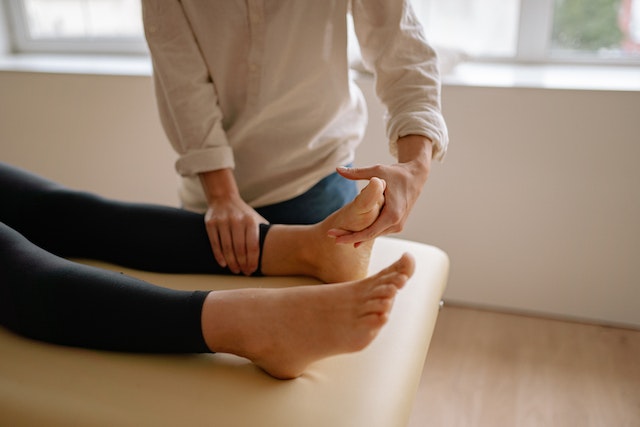Plantar warts, though often benign, can be a source of discomfort and frustration for those who suffer from them. These small growths on the soles of the feet, caused by the human papillomavirus (HPV), can make walking or standing painful and can affect one’s quality of life. However, numerous treatment options are available to alleviate symptoms and eradicate plantar warts effectively. In this article, we’ll explore various plantar wart treatment methods, from over-the-counter remedies to medical interventions, providing insights into their efficacy and considerations for choosing the most suitable approach.
One of the most accessible and widely used plantar wart treatment sydney is over-the-counter (OTC) wart medications. These products typically contain salicylic acid, a keratolytic agent that works by gradually breaking down the wart tissue and stimulating the body’s immune response to the virus. Salicylic acid treatments are available in various forms, including topical solutions, gels, pads, and medicated plasters, which can be applied directly to the affected area according to the manufacturer’s instructions. Regular and consistent use of salicylic acid treatments can lead to the gradual shrinkage and eventual disappearance of plantar warts over several weeks to months.

Furthermore, cryotherapy, or freezing therapy, is a common medical intervention used to treat stubborn plantar warts that do not respond to OTC treatments. During cryotherapy, a healthcare professional applies liquid nitrogen to the wart using a specialized applicator, causing the wart tissue to freeze and die. Over time, the frozen tissue sloughs off, allowing healthy skin to regenerate in its place. Cryotherapy is typically performed in a clinical setting and may require multiple treatment sessions spaced several weeks apart for optimal results. While cryotherapy is generally safe and effective, it may cause discomfort or temporary blistering at the treatment site.
Additionally, laser therapy is another medical intervention used to target and eliminate plantar warts. During laser therapy, a focused laser beam is directed at the wart tissue, heating and destroying it while minimizing damage to surrounding healthy tissue. Laser therapy offers precise and controlled treatment and may be particularly beneficial for larger or deeper plantar warts that are resistant to other forms of treatment. Like cryotherapy, laser therapy may require multiple sessions to achieve complete clearance of the wart, and some discomfort or redness at the treatment site is common.

In some cases, surgical removal of plantar warts may be necessary, particularly if they are large, painful, or resistant to other forms of treatment. Surgical excision involves cutting away the wart tissue using a scalpel or other surgical instrument, often under local anesthesia to minimize pain and discomfort. While surgical removal is generally effective at eliminating plantar warts, it carries risks of scarring, infection, and recurrence and is typically reserved for cases where other treatments have failed. Individuals considering surgical removal should discuss the procedure’s risks and benefits with their healthcare provider.
Moreover, immunotherapy is a relatively newer approach to treating plantar warts that involves stimulating the body’s immune system to recognize and attack the virus. Immunotherapy agents, such as imiquimod or candida antigen, are applied directly to the wart tissue, triggering an immune response that targets and eliminates the virus. While immunotherapy may be effective for some individuals, it can cause skin irritation or inflammation as a side effect, and its long-term efficacy and safety are still being studied.




